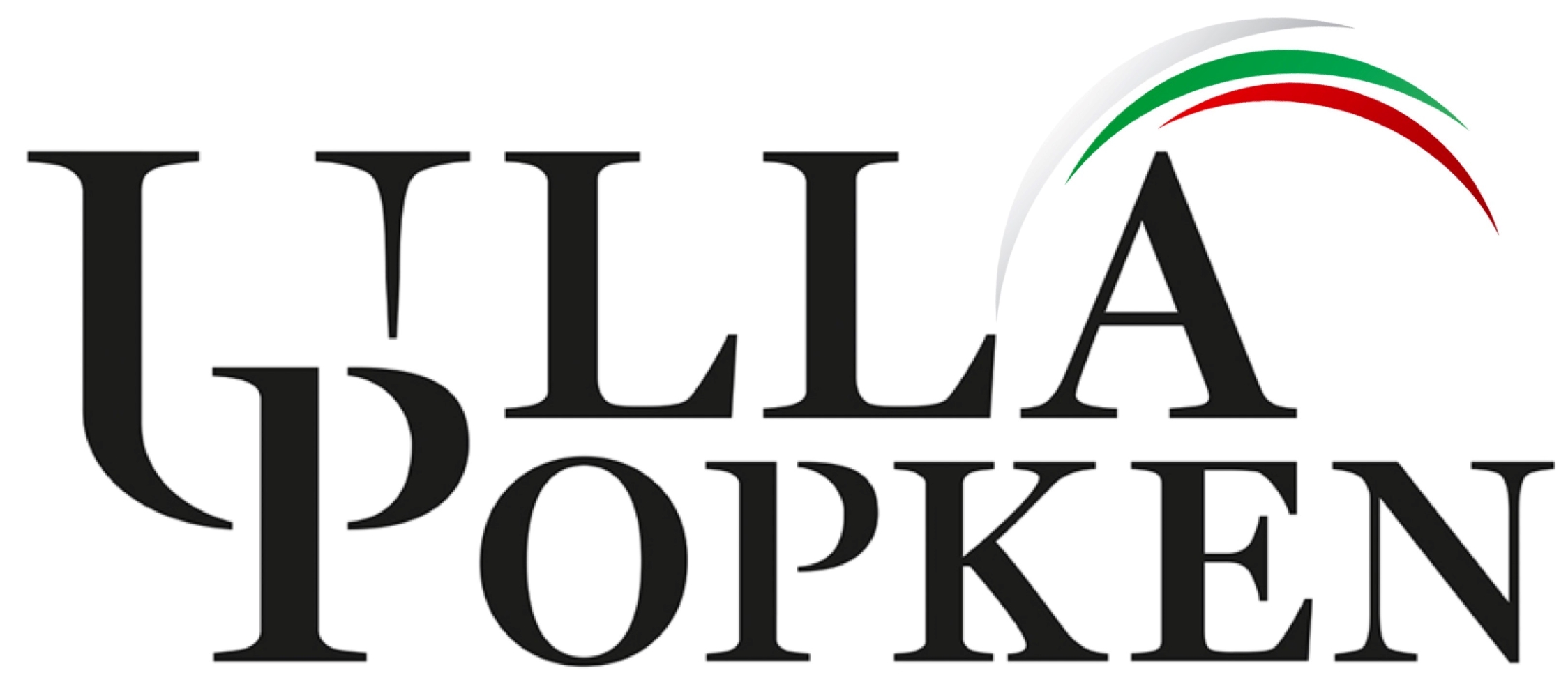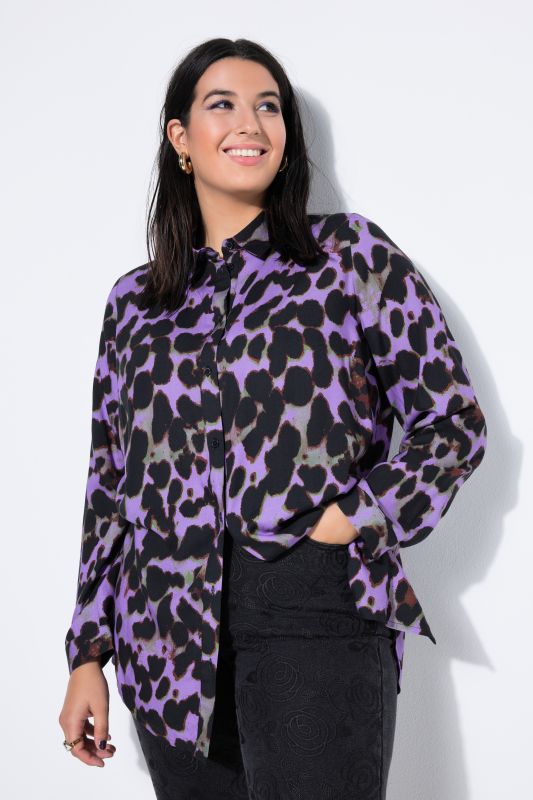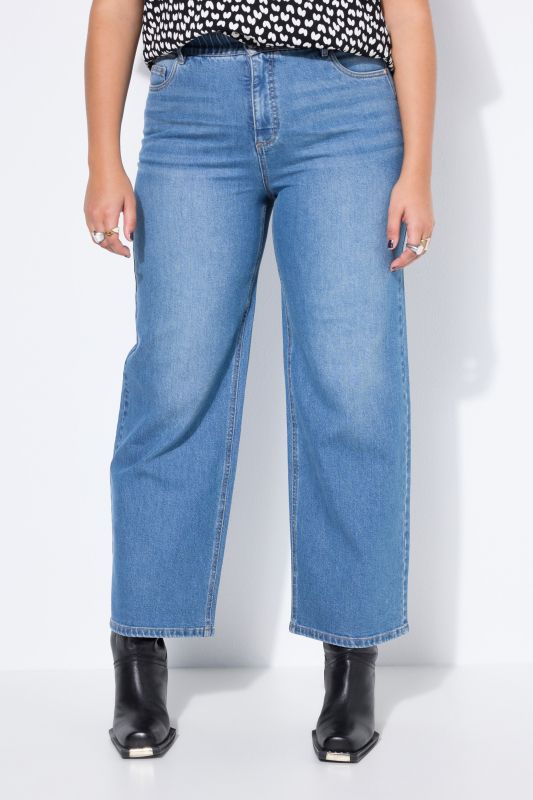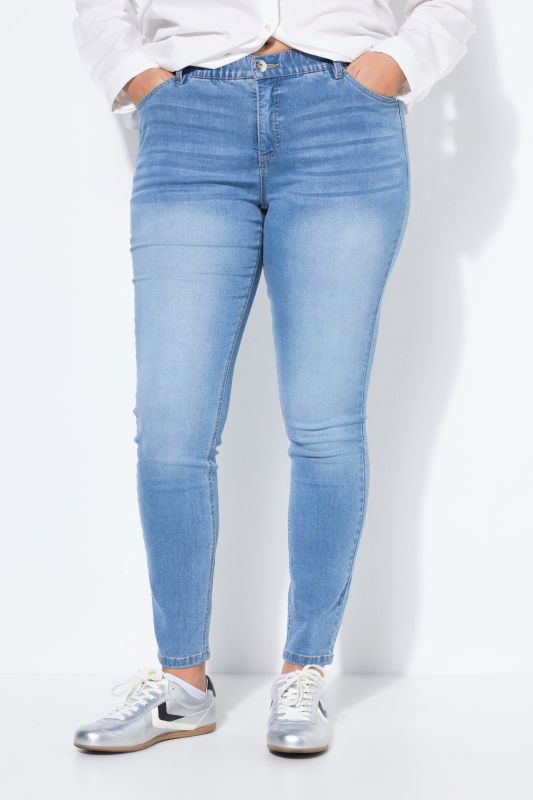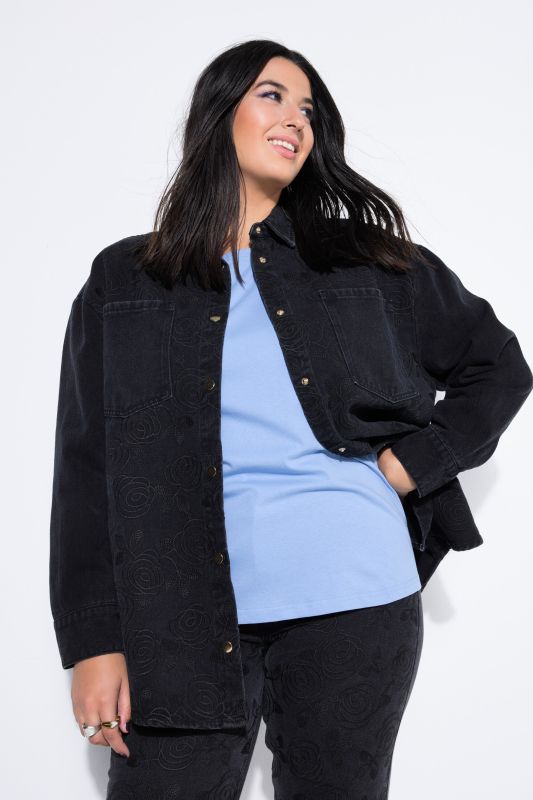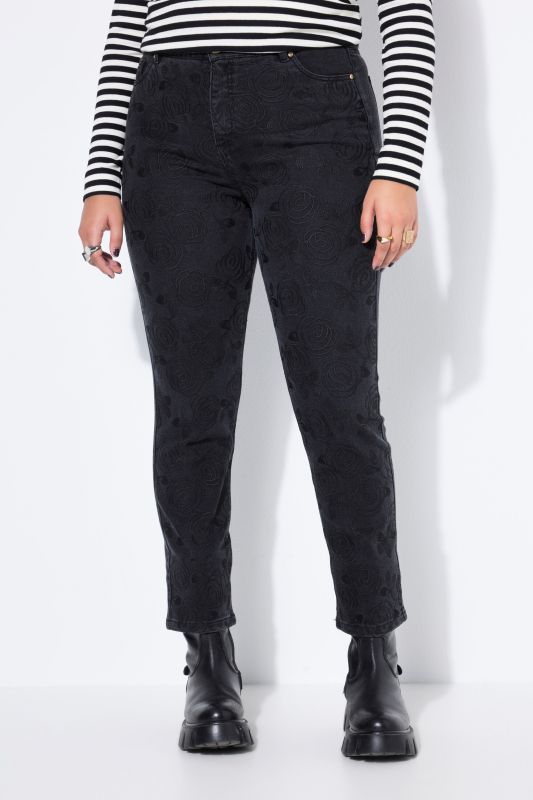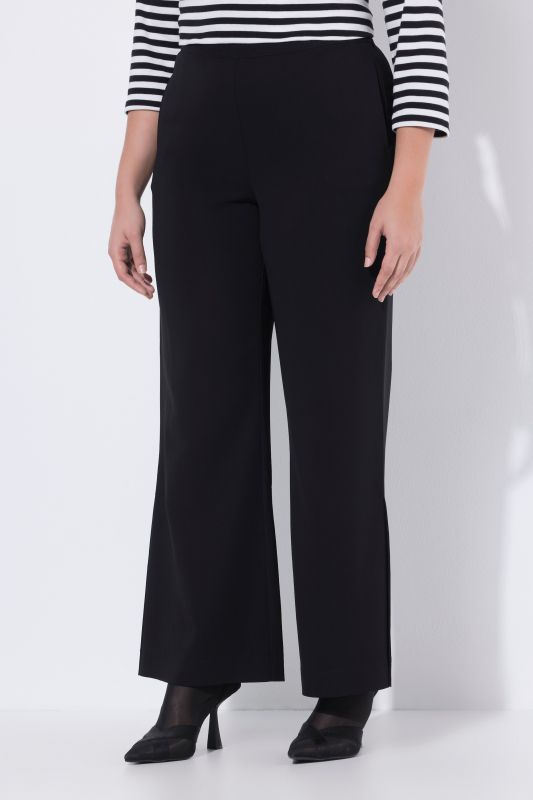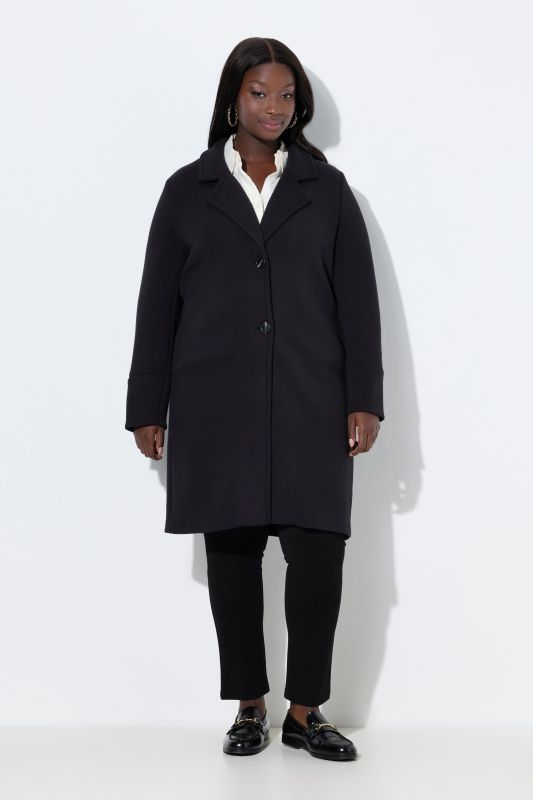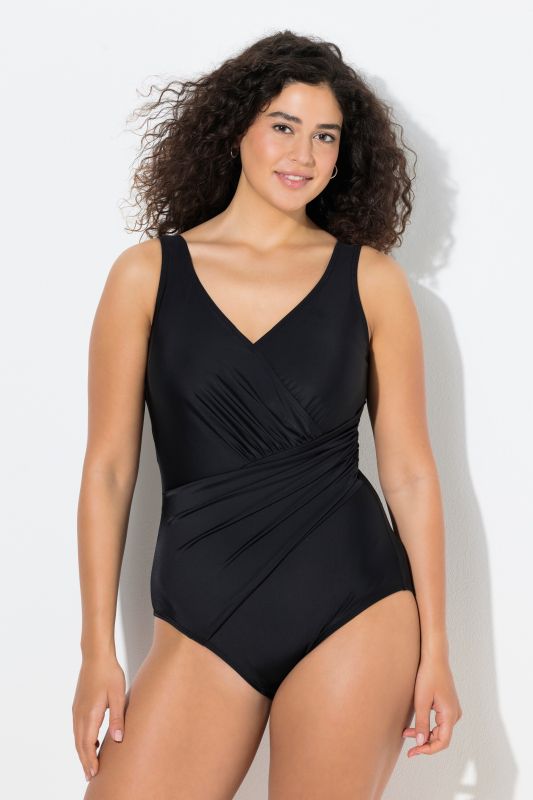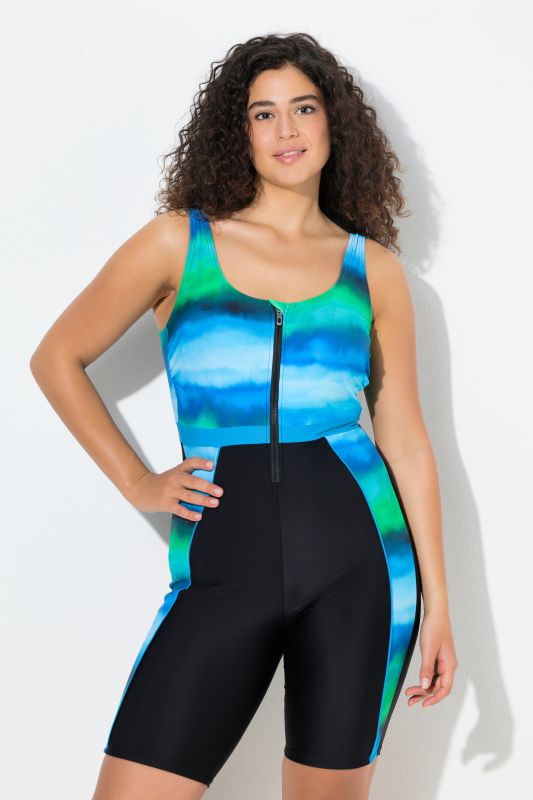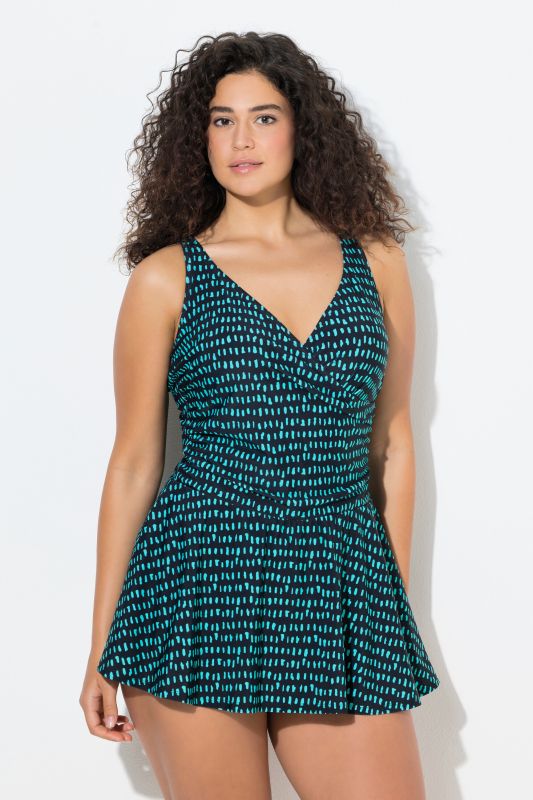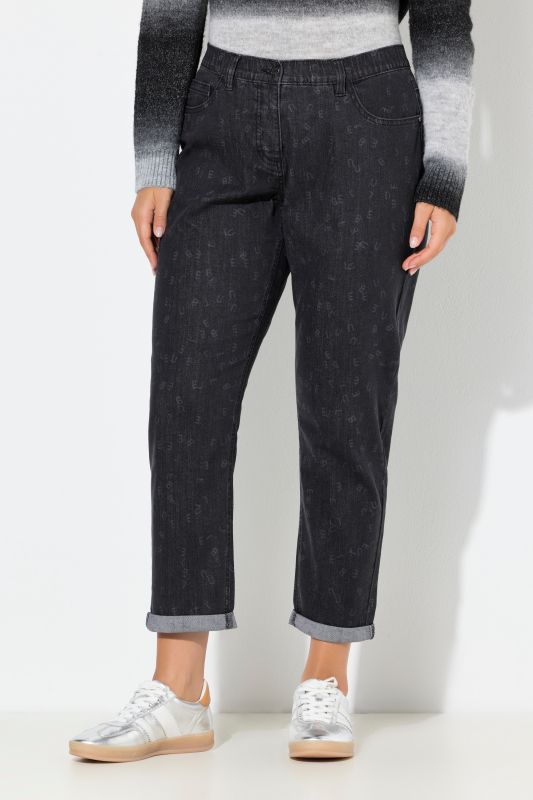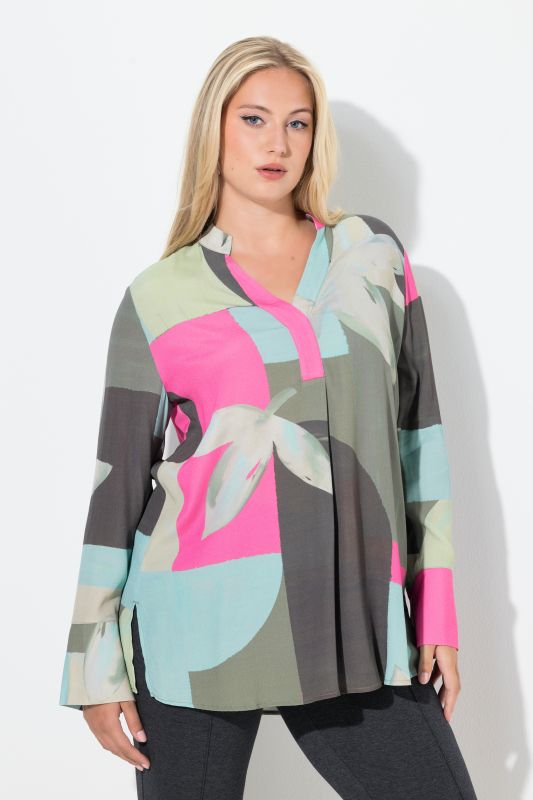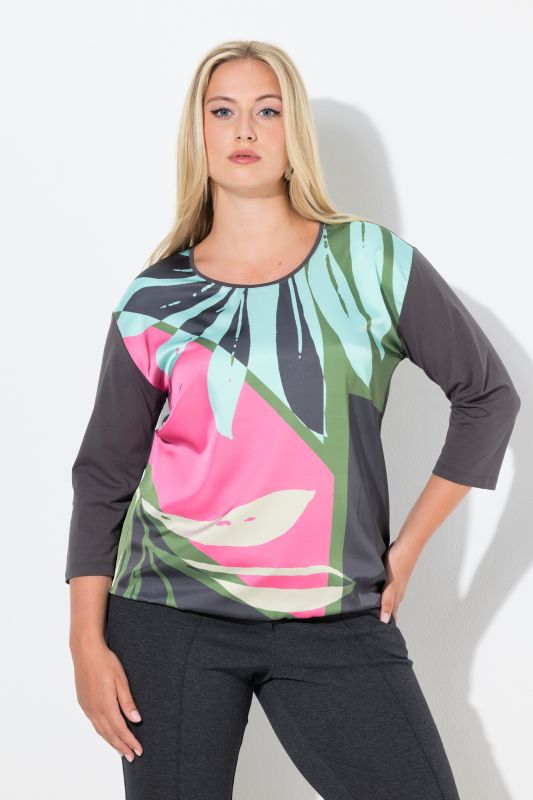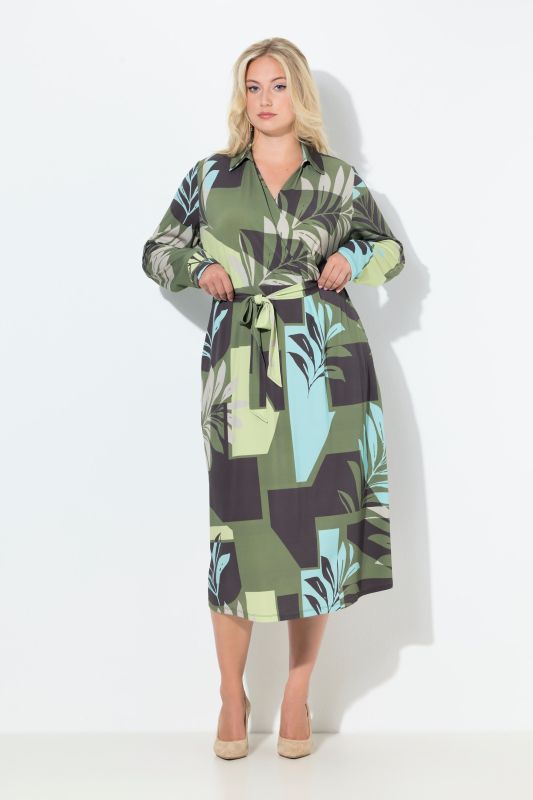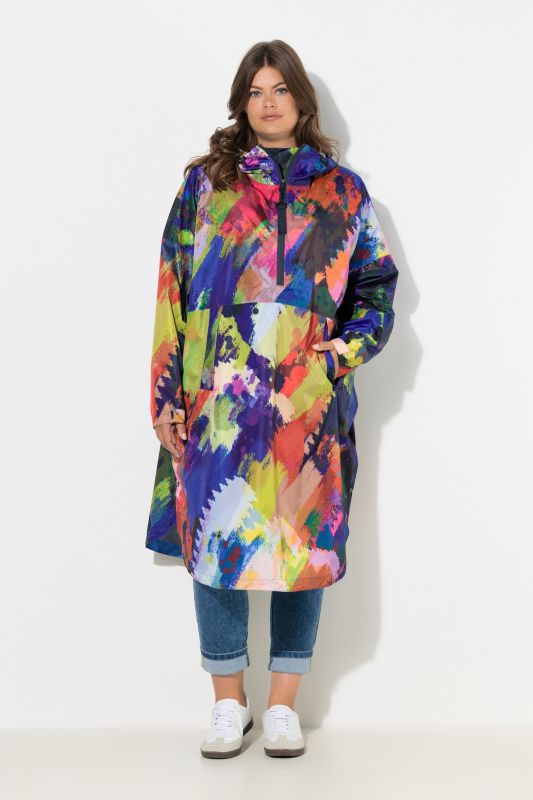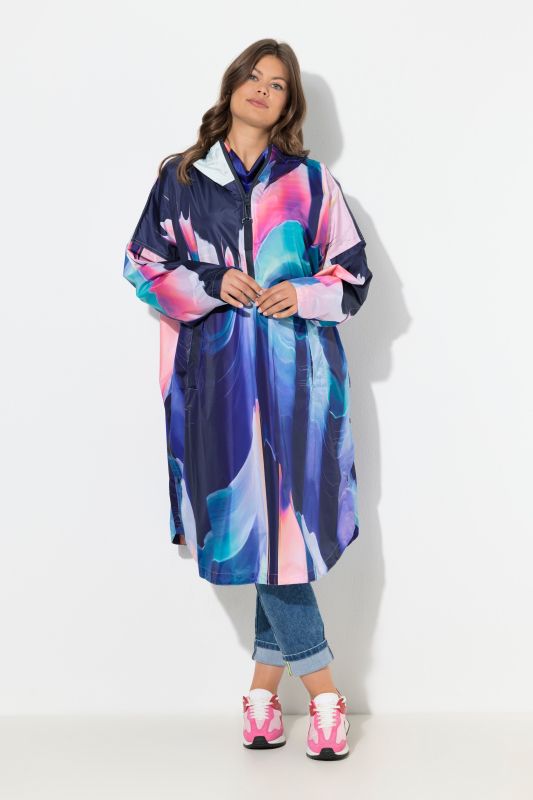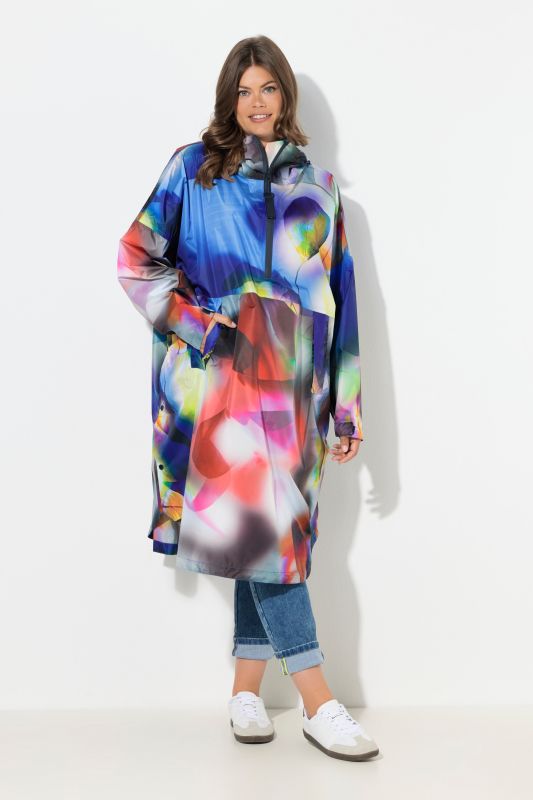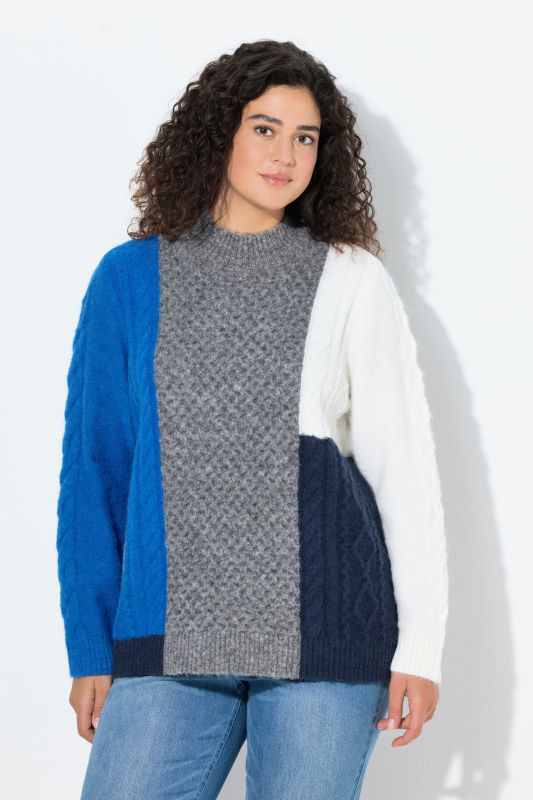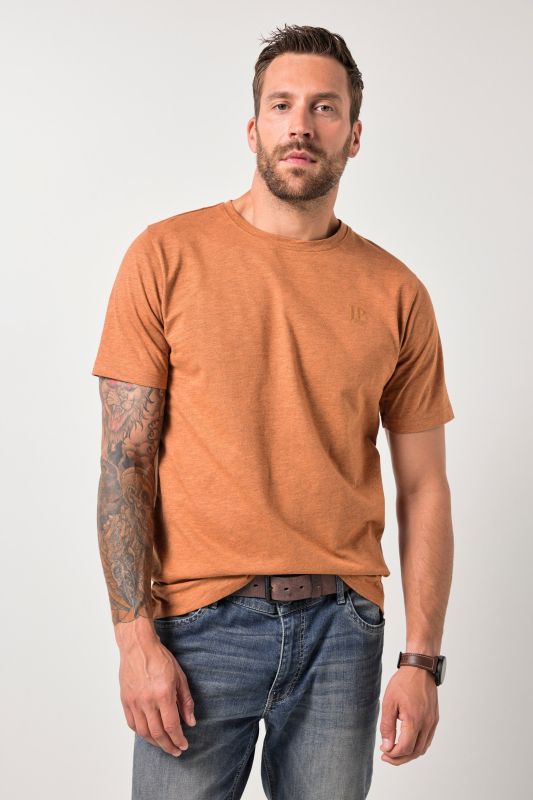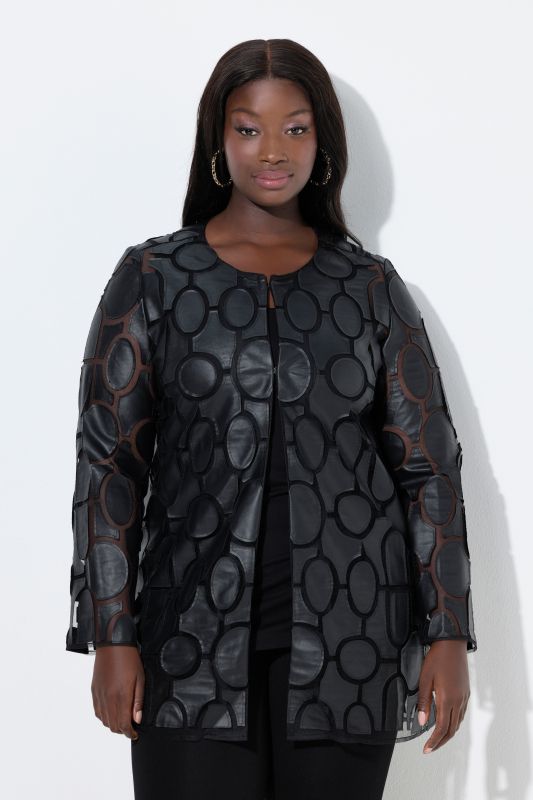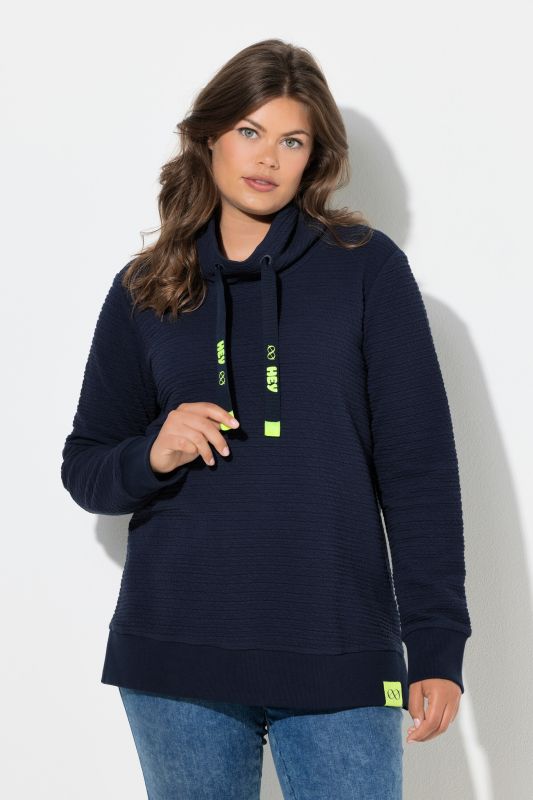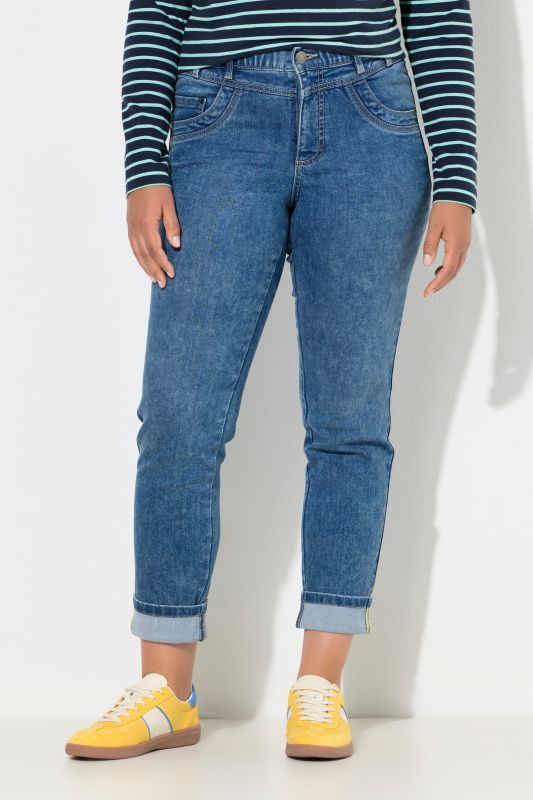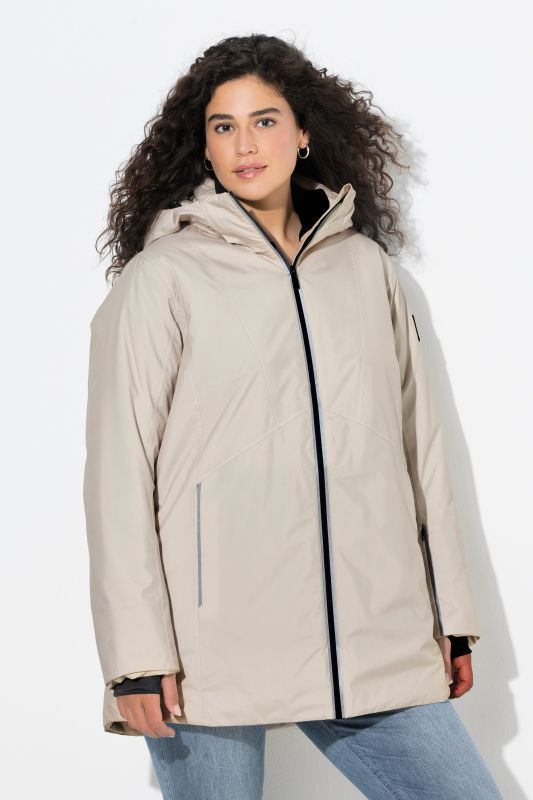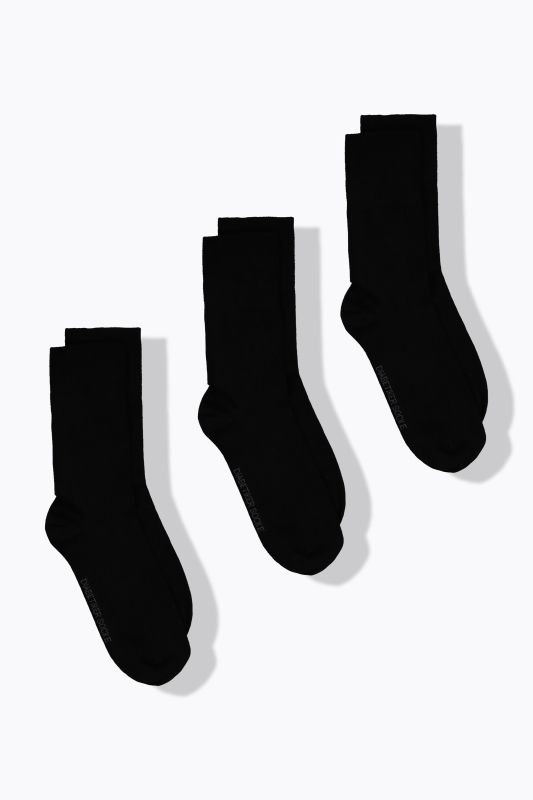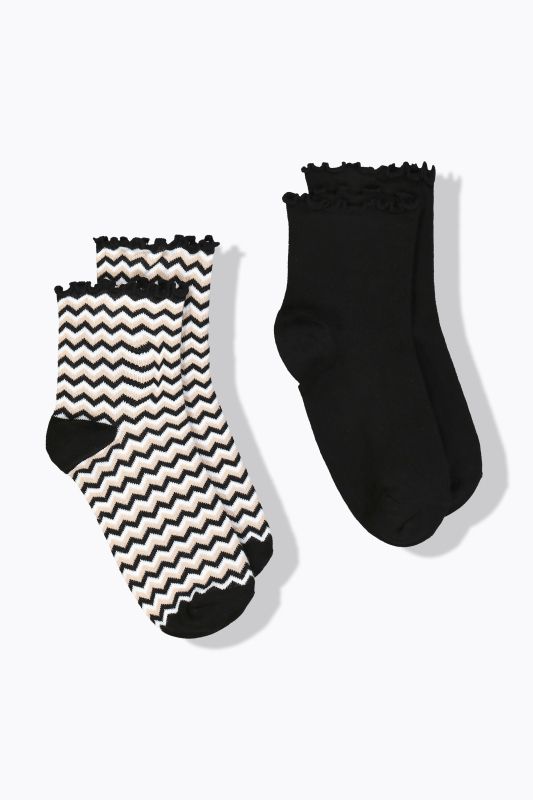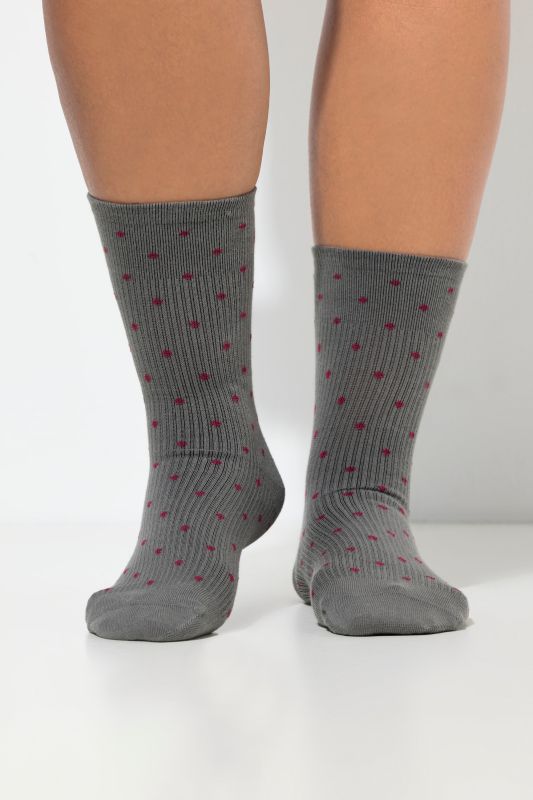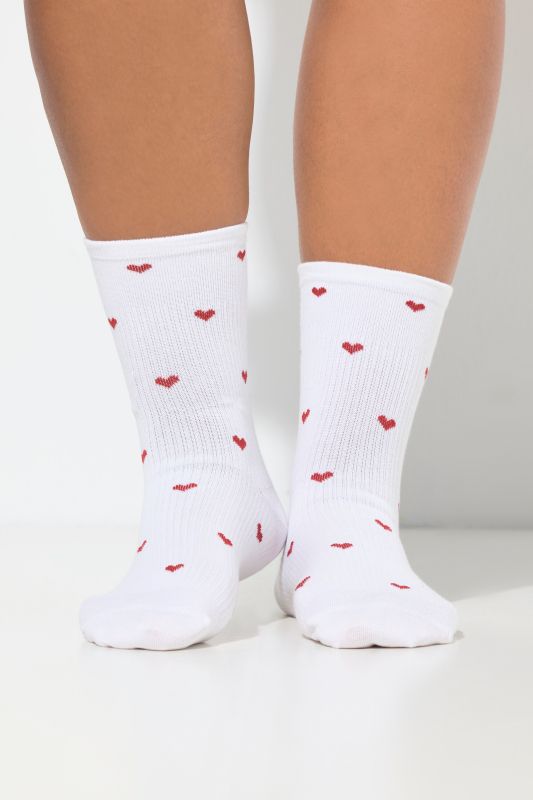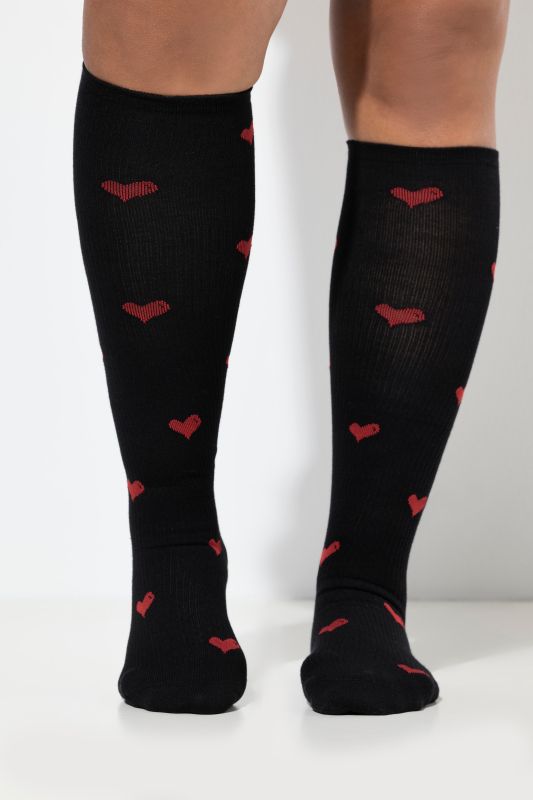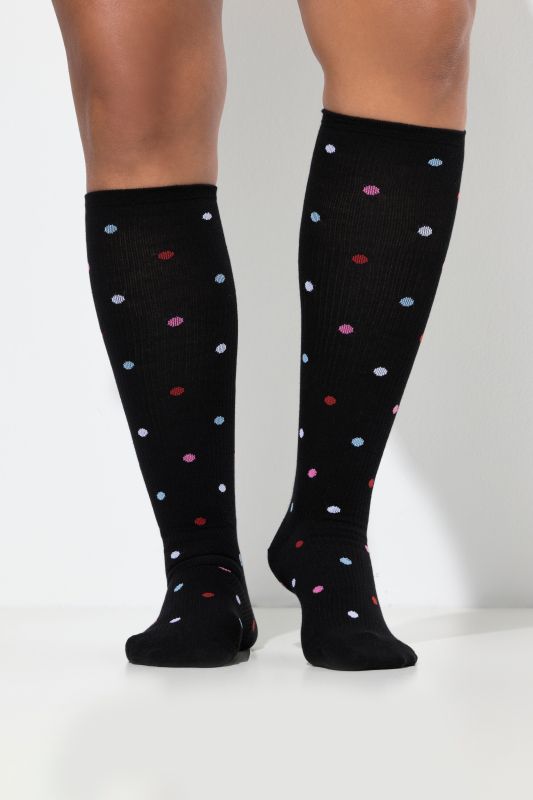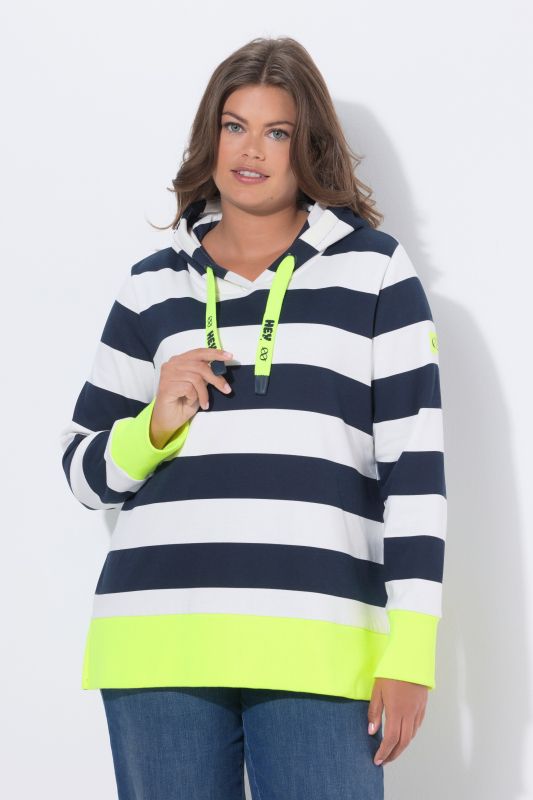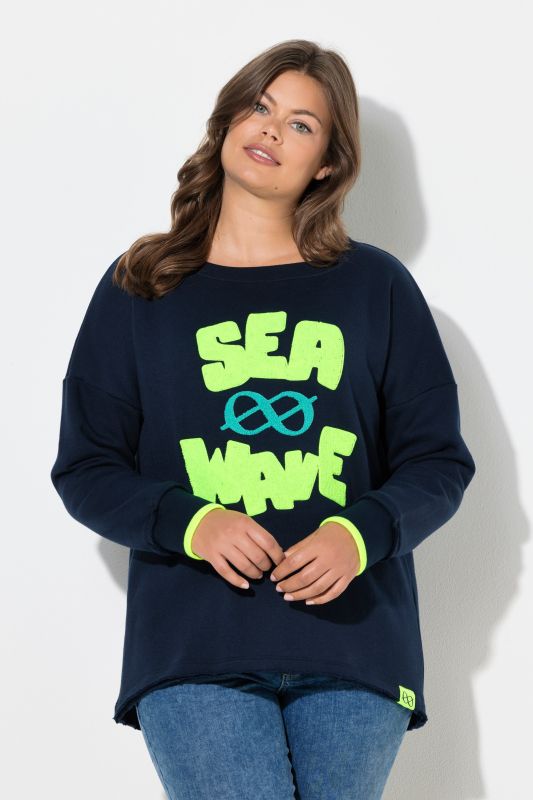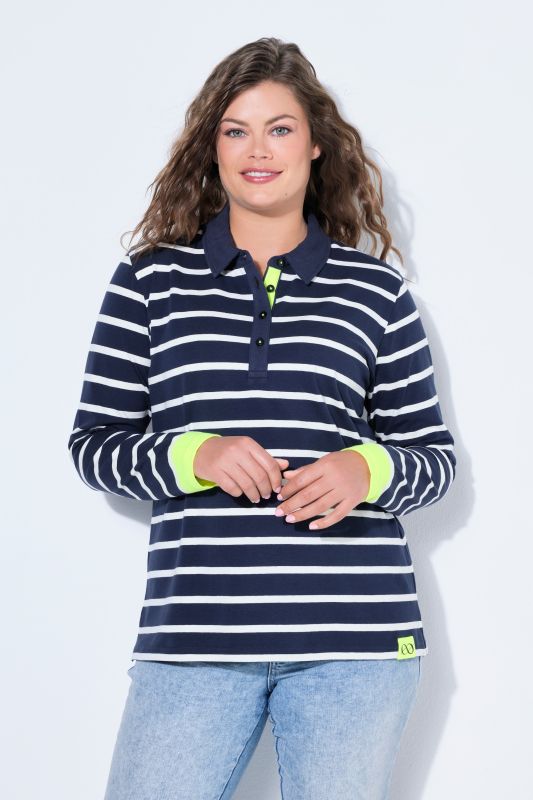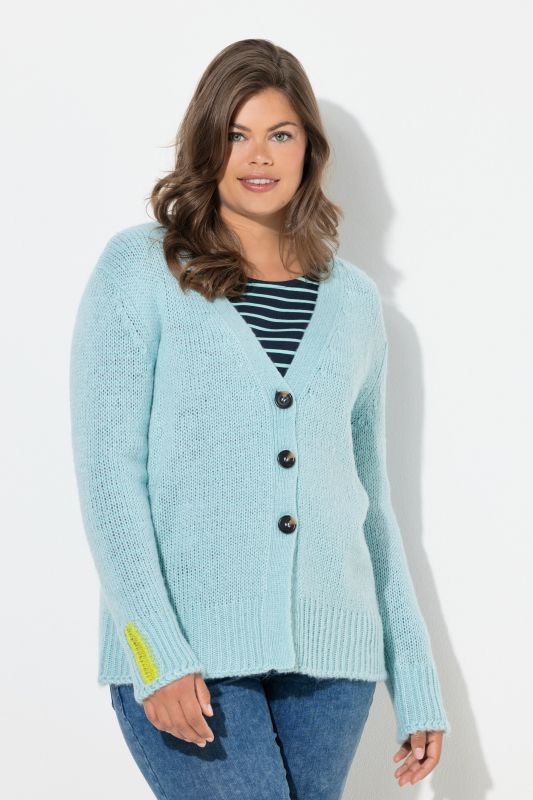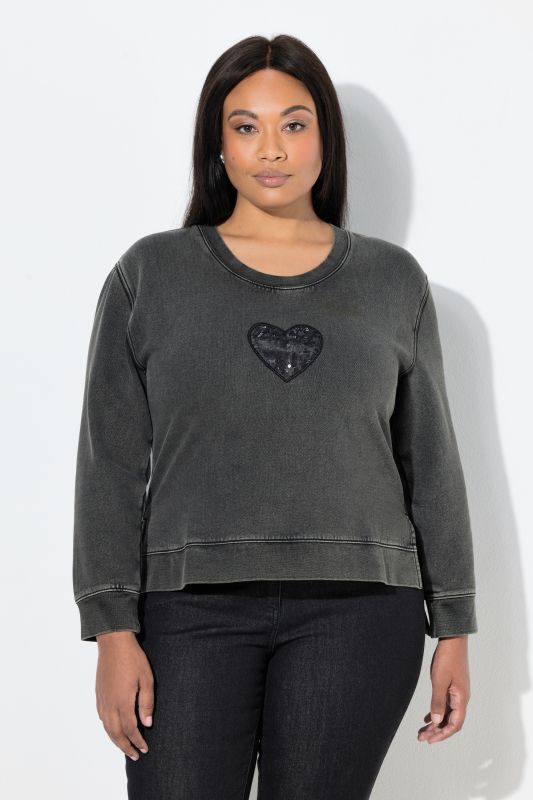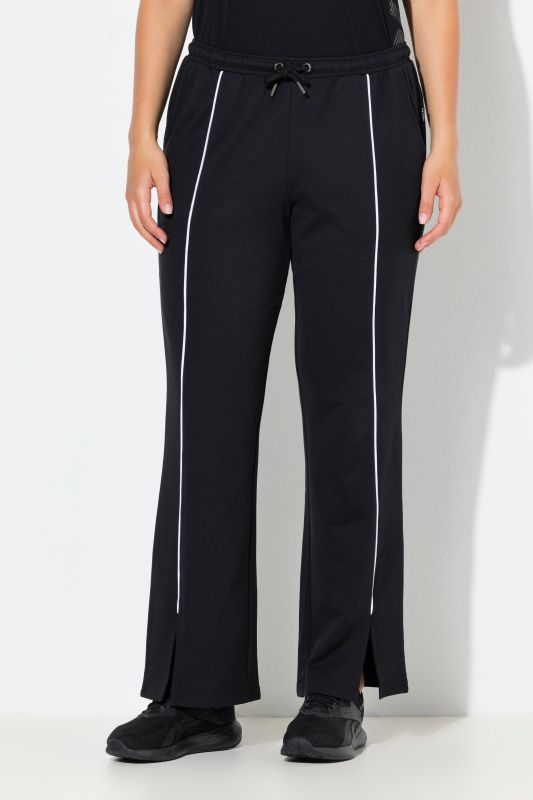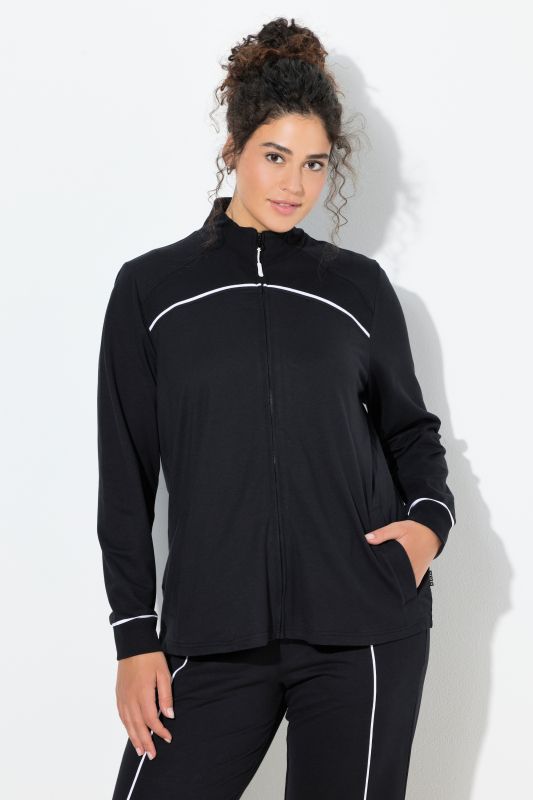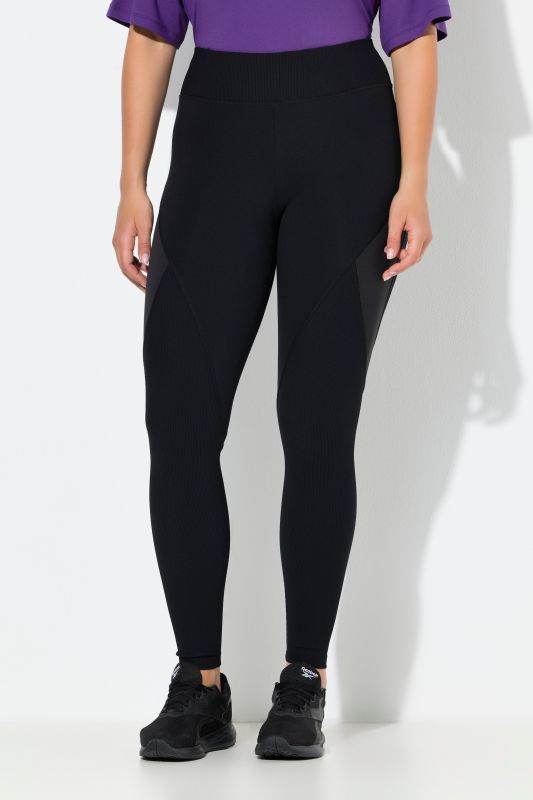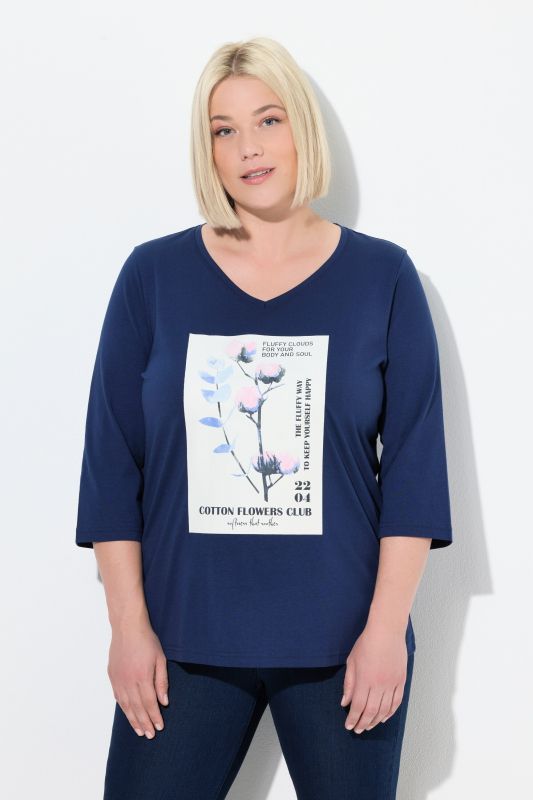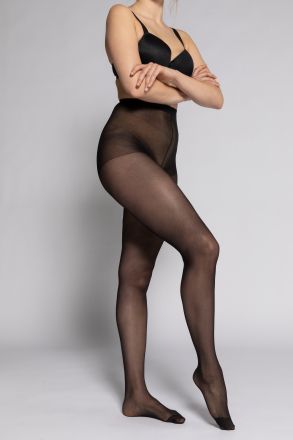COTTON
THE ALL-ROUNDER
Cotton (CO) is a natural fibre derived from a subtropical herbaceous perennial that is used for apparel production. Cotton products are non-felting, hardwearing, skin-friendly and resistant to heat.
Cotton absorbs moisture, has a high tear and abrasion resistance and is easy to clean. Cotton fibres have a low level of elasticity and thus crinkle easily, but the wrinkles can be ironed out well.
CARE INSTRUCTIONS
WASHING white up to 95°C, coloured fabrics up to 60°C
IRONING Ironing possible up to 3 points on iron (temperature indication)
DRYING Can be dried in the dry cleaner
DRY CLEANING Dry cleaning at a specialist cleaner's possible.
LINEN
PLEASANTLY COOLING AND SKIN-FRIENDLY
Linen (LI ) is a natural natural raw material that is derived from the long cellulosic fibre stem of the flax plant and then processed to a textile, sheet-formed fabric.
Linen has good thermal conductivity properties and a cooling effect due to its fast release of moisture. It is also breathable and skin-friendly. The low elasticity level of the fibres leads to the materials being prone to wrinkling, this is however reduced by blending with other fibres. Garment pieces made of linen should not be spun.
CARE INSTRUCTIONS
WASHING White up to 95°C, coloured fabrics up to 40°C, coloured outerwear fabrics are to be washed with a mild detergent that does not contain any optical brightening agents.
IRONING Iron into form when in a slightly moist state, ironing is possible with 3 points (temperature indication.
DRYING Possible in dry cleaner; but please bear in mind the manufacturer instructions.
DRY CLEANING Gentle dry cleaning at a specialist cleaner's possible.
SILK
FLOWING AND NOBLE
With silk (SE) one describes the thread-like product derived from certain butterfly catterpillars. One can distinguish between mulberry silk and Tussah silk. The catterpillars of the mulberry spinners are cultivated. Wild silk stems from the catterpillars of butterflies living in the wild.
Silk is renowned for its excellent wearing comfort, a particularly noble shine and natural flowing fall. Silk can absorb a lot of moisture. Despite this, garments made of silk should not be too tight, since silk is sensitive with regard to perspiration! Silk is resiliently elastic and for that reason crease resistant. Silk is not electrostatic. It is very skin-compatible, also for sensitive persons. Silk is a fine natural product, whereat slight shading variations and fibre thickening is product-specific and typical for this natural material.
Crêpe-de-Chine ist eine besondere Webart der Maulbeerseide. Sie hat eine etwas rauhere, leicht körnige (crêppige) Oberfläche.
Crêpe-de-Chine is a special way of weaving mulberry silk. It has a somewhat rougher, slightly granular (crepe-like) surface.
CARE INSTRUCTIONS
WASHING Hand wash or in a gentle wash cycle at max. 30°. Only use a small amount of liquid detergents.
IRONING Ironing only at low heat. Caution water stains! Therefore only use purified water for ironing.
DRYING Do not dry in the sun, because silk is photosensitive.
DRY CLEANING Please observe the individual care instructions on the items.
WOOL
COSILY WARM FEELING
Wool (WO) are the fibres derived from sheep's skin. However, also the fine hairs derived from a variety of other animals can be processed.
Wool can tend toward the fibres separating, which creates nodule-like fibre aggreagtes. This is known as pilling. This can, however, easily be removed with a textile shaver.
Pure new wool (WV) may only call itself wool if it has been freshly sheared and processed for the first time. For this, not only the fleecy skins of sheep breeds such as merino and crossbreds are sheared, but also the fine hairs of cashmere and mohair goats, angora rabbits, camels and alpacas. Pure new wool has not undergone any damaging treatment or usage impacting the fibres or cuddly warming effect. It has climate-balancing effect, doesn't get dirty so quickly, is colourfast, quickly absorbs moisture without feeling wet, has a high degree of heat-retaining properties and is crease resistant.
Merino wool is a short, highly crimped, matt and soft type of wool. Merino wool is very fine, even and elastic.
Cashmere wool (WS) is a valuable wool gained once a year by combing and plucking out the wool of cashmere goats. With regard to its fineness, the lanugo corresponds with the finest merino wool to be found. Cashmere is extremely soft, highly supple and with a silky shine. It convinces with its luxurious wearing comfort and its elegant appeal. This soft natural fibre offers natural warmth. Owing to its high price, cashmere is seldom processed entirely on its own, but frequently mixed with fine merino wool.
Cool wool is a new wool with a specific type of yarn with a low weight and smooth surface that is frequently used for summer clothing. Cool wool has a temperature-equalising effect, is perspiration absorbing, breathable, has a cooling and noble look as well as a fresh and dry touch.
CARE INSTRUCTIONS
WASHING Hand wash in a delicates basin, without rubbing or wringing. We recommend care with wool washing cycles in washing machines: here too the movement is too strong and can lead to shrinkage or a felted look: only those items with a special indication on the care-instructions label can be washed in the washing machine. The products can cope with a light, short spin cycle.
IRONING Iron inside out (with 1 point and pressing cloth) (temperature indicator). Please observe the individual care instructions on the items.
DRYING For drying, the items should be rolled in a towel and squeezed out well. Thereafter place the item in form and leave it to dry, lying.
DRY CLEANING Dry cleaning at a specialist cleaner's possible
ASPECTS YOU SHOULD ALSO PAY ATTENTION TO
We recommend care with wool washing cycles in washing machines: here too the movement is too strong and can lead to shrinkage or a felted look:
only those items with a special indication on the care-instructions label can be washed in the washing machine.
TIP: Ball pen, lipstick and milk stains: carefully dab them off with a cloth soaked in spiritus.
The felting effect of the wool will appear if the items have not been washed in accordance with the care instructions.
LEATHER
TAMED WILDNESS
Leather is a genuine natural product made of tanned animal hide. Depending on the type of growth, e.g. wool, hairs or bristles, one finds different pore formations, i.e. a fine leather structure (for instance with lamb) or a distinctive leather structure (for instance with pigskin). Pork, calf, cowhide, goat's leather, lamb and deerskin. Leather is windproof, relatively elastic and breathable, i.e. it adapts itself to the body's movements.
With suede, the raw inner part of the animal hide is cut to short fibre suede. A characteristic of this material is a silky, elegant touch.
Nappa is the umbrella term for strong, soft but grippable smooth leather derived from all kinds of animals. The grain side (outside) of this kind of leather is polished with quick-moving plush wheels. Leather with the finest sand or buff is called nubuck leather.
Suede is the leather of wild animals, e.g. roe, stag, chamois etc. Suede is always raw, not shiny but supple leather.
CARE INSTRUCTIONS
WASHING Washable at max. 30°C. Use neutral detergents or special detergents for leather, avoid heavy duty detergents.
IRONING Iron inside out (with 1 point and pressing cloth) (temperature indicator).
DRYING Store damp leather clothing on moulding hangers at normal room temperature.
DRY CLEANING Dry cleaning at a specialist cleaner's possible.
ASPECTS YOU SHOULD ALSO PAY ATTENTION TO
Always first test the leather care on the inside Never store leather clothing in plastic bags
Für Flecken (Wasserflecken, Speckränder, etc.) Lederradierer verwenden.
Protect leather against intensive light.
POLYACRYLIC
REQUIRED CARE
Polyacrylic is a copolymer fibre with polyacrylonitrile being the main constituent and is derived from curly and bulky spun yarn. The fibre is produced in two different ways. In the dry-spinning process the textile pulp emerges into a spinning chamber, into which warm air is blown. In wet spinning, on the other hand, the textile pulp is pressed into a precipitation bath.
Polyacrylic has a low density and high resistance to light. It has a similar touch to wool and gives pleasant warmth thanks to its temperature insulating properties.
Its positive properties can fully develop if wool is added to the polyacrylic. The wool is easier to care for does not felt anymore.
This fabric is easy to care for. Garments made from polyacrylic can be washed at low temperatures in the washing machine without any problems. Polyacrylic fibres are fast-drying when exposed to air. However, the fabric should not be exposed to tumble drying.
Kindly observe the individual care instructions inside the items!
CARE INSTRUCTIONS
WASHING Washable at max. 40° using the washing program for delicate fabrics
IRONING Non-iron.
DRYING Not suitable for tumble dryer.
DRY CLEANING Dry cleaning at a specialist cleaner's possible.
VISCOSE, MODAL
REQUIRED CARE
Viscose and Modal fibres have pleasant wearing properties, are softly flowing, soft and smooth, silky smooth and especially colour-fast. Clothing made of these materials should not be spun, so as to retain the form-stability. Viscose and Modal fibres tend to charge statically.
Viscose (CV) is a natural artificial fibre, which consists of the basic material cellulose that is industrially manufactured with the viscose procedure. Thanks to its high degree of purity and evenness regarding the obtained fibres, it offers numerous options for use and fields of application.
Modal fibres (CMD ) are very similar to the viscose fibres. They also consist of 100% cellulose and are manufactured in a slightly different process. The modal fibre is characterised by even better wearing properties as well as a higher degree of fibre strength and improved fibre properties.
CARE INSTRUCTIONS
WASHING Before washing an item the first time, soak it in cold water, (viscose has a tendency to shrink slightly!). Wash at 30 to max. 40°C with a mild detergent that does not contain any optical brightening agents .
IRONING Inside out, iron into form with 2 points (temperature indicator)
DRYING Gentle spin, hang up wet.
DRY CLEANING Avoid if possible.
ACETAT, LYOCELL, CUPRO
THE ALL-ROUNDER
Acetate (CA) counts to the so-called semisynthetic fibres and is derived from chemically converted cellulose. It is very similar to natural silk, it is very pliant, hardly creases, virtually doesn't shrink and dries quickly. Fabric made of Acetate is extremely light and thicker than Viscose fabric, however, it has the same stand and strength.
Lyocell ® (CLY) is a cellulose chemical fibre and especially shiny thanks to its environmentally friendly mode of manufacture. Items made of Lyocell® are highly tear-resistant, have a low electrostatic charge and a low degree of shrinkage. Lyocell® is well-suited for manufacturing jean materials and T-shirts. Typical for these fibres is the soft and silky feel and shine.
Cupro (CU P) is a regenerated cellulose fibre which originally is of plant origin. This particularly noble fibre is similar to pure silk, when considering factors such as the flowing fall, shine and appearance.
CARE INSTRUCTIONS
WASHING
Items that have been declared as being washable can be washed by hand or in a gentle wash cycle up to 30°C, using a mild detergent.
IRONING
Inside out, iron into form with 2 points (temperature indicator).
DRYING
Gentle spin, hang up wet.
DRY CLEANING
Avoid as far as possible!
Acetat
Wash with lukewarm water with coloured fabrics washing detergent. Ironing only 1 point (temperature indicator).
Lyocell®
Can be washed at temperatures of up to 60°C, please pay attention to the manufacturer's care instructions.
Cupro After drying, iron inside out. After washing, hang up dripping wet. Chemical dry cleaning by professionals is recommended.
ASPECTS YOU SHOULD ALSO PAY ATTENTION TO
Do not wring out under any circumstances, squeeze too hard or rub.
POLYESTER, TECHNOSILK
DURABLE AND UNIVERSAL
Polyester (PES) is a synthetically manufactured chemical fibre with numerous versatile properties. Polyester staple fibres are predominantly processed to blended yarns, whereat, depending on the intended purpose, mixtures with cotton, wool or viscose have over time proven themselves to be tried and tested
The fibres are characterised by a low degree of moisture absorption and for this reason dry quickly. Polyester has a light weight, is easy to care for, retains its shape and is crease resistant.
Technosilk is a suitcase-friendly quality made of 100% polyester with excellent wearing properties. It is called Technosilk because it consists of finely spun, soft fibres and the way it falls, its shine as well as its appearance is similar to that of silk.
In our product range we offer Technosilk in Bi-Stretch quality, which follows every move and offers the highest possible degree of comfort.
CARE INSTRUCTIONS
WASHING Washable at 40 to 60°C.
IRONING For the largest part does not need to be ironed, with 1 point (temperature indicator).
DRYING Suitable for tumble-drying
DRY CLEANING Chemical dry cleaning by professionals is recommended.
SYMPATEX
HIGHTEC AGAINST THE ELEMENTS
Sympatex is ae hydro-membrane consisting of polyester, developed for the outdoor area, so as to ensure pleasant wearing comfort despite bad weather and strenuous activity. It is watertight, rain- or continuous moisture-repellent as well as repellent to spray, but absorbs water vapour (perspiration) and transports this away from the body.
Since no pores are present, this material also cannot absorb dirt or greasy stains and, what is more, the breathability of the garment is not impacted. The membrane can be affixed in a great variety of different ways to varying fabrics and knitted goods. The seams are processed with a special tape and thus also assume the function of a moisture-repellent.
Sympatex-characteristics have to comply with specified quality traits and are subject to stringent quality controls. Thus, clothing made of Sympatex can be washed as often as you wish - the Sympatex-membrane still retains its beneficial and practical properties.
CARE INSTRUCTIONS
WASHING Gentle wash cycle at max. 40°. Use liquid detergent, no fabric softener.
IRONING Ironing possible to a maximal heat of 1 point (temperature indicator).
DRYING Can be tumble dried.
DRY CLEANING Dry cleaning at a specialist cleaner's possible.
DENIM
ROBUST AND DEPENDABLE
Jeans first appeared in the 19th century in the Nimes, a town located in the South of France. The material was manufactured in Europe and became famous under the name of "Sergede Nimes" (sacking from Nimes).
Subsequently, what originally was known as "(Serge) de Nimes" in time became know as the colloquial "Denim".
The word "Jeans" originates from the term "Genes" (convenience cut cotton trousers from the area around Genoa).
Denim is highly tear-proof and scrub resistant and for this reason it is particularly hard-wearing. Since it is manufactured of cotton or mixtures with cotton it is skin-friendly, cooling and also does not allow any heat build up. These products have good moisture absorbing properties. Genuine indigo-denim loses colour every time it is washed.
CARE INSTRUCTIONS
WASHING When washing in a washing machine, wash it inside out. We recommend the use of liquid detergent.
IRONING Cotton denim can be ironed with 3 points (temperature indicator). Stretch denim can be ironed with up to 2 points (temperature indicator)
DRYING Not suitable for tumble drying.
DRY CLEANING Dry cleaning at a specialist cleaner's possible.
CHINO
LIGHT-WEIGHT AND AIRY
Chino trousers are light-weight and comfortable summer trousers made of robust chino twill, i.e. a cotton fabric in twill weave. In combination with a shirt or blazer in matching colour, chino trousers are also perfect for elegant occasions.
CARE INSTRUCTIONS
WASHING Handwash or gentle (machine) programme to max. 40°. Wash inside out.
IRONING May be ironed to max 1 point,very low.
DRYING Not suitable for tumble drying.
DRY CLEANING Dry cleaning at a specialist cleaner's possible.
